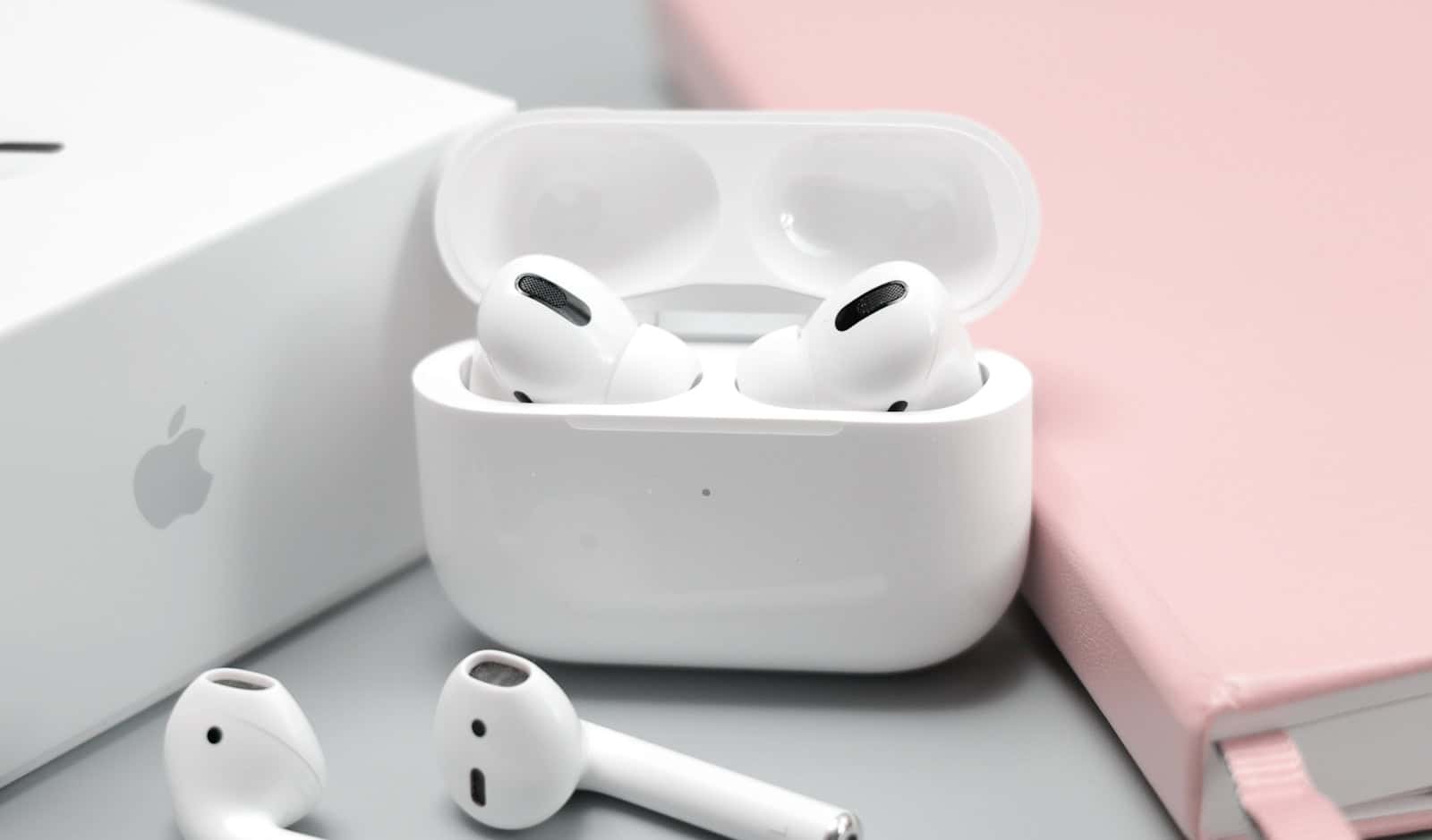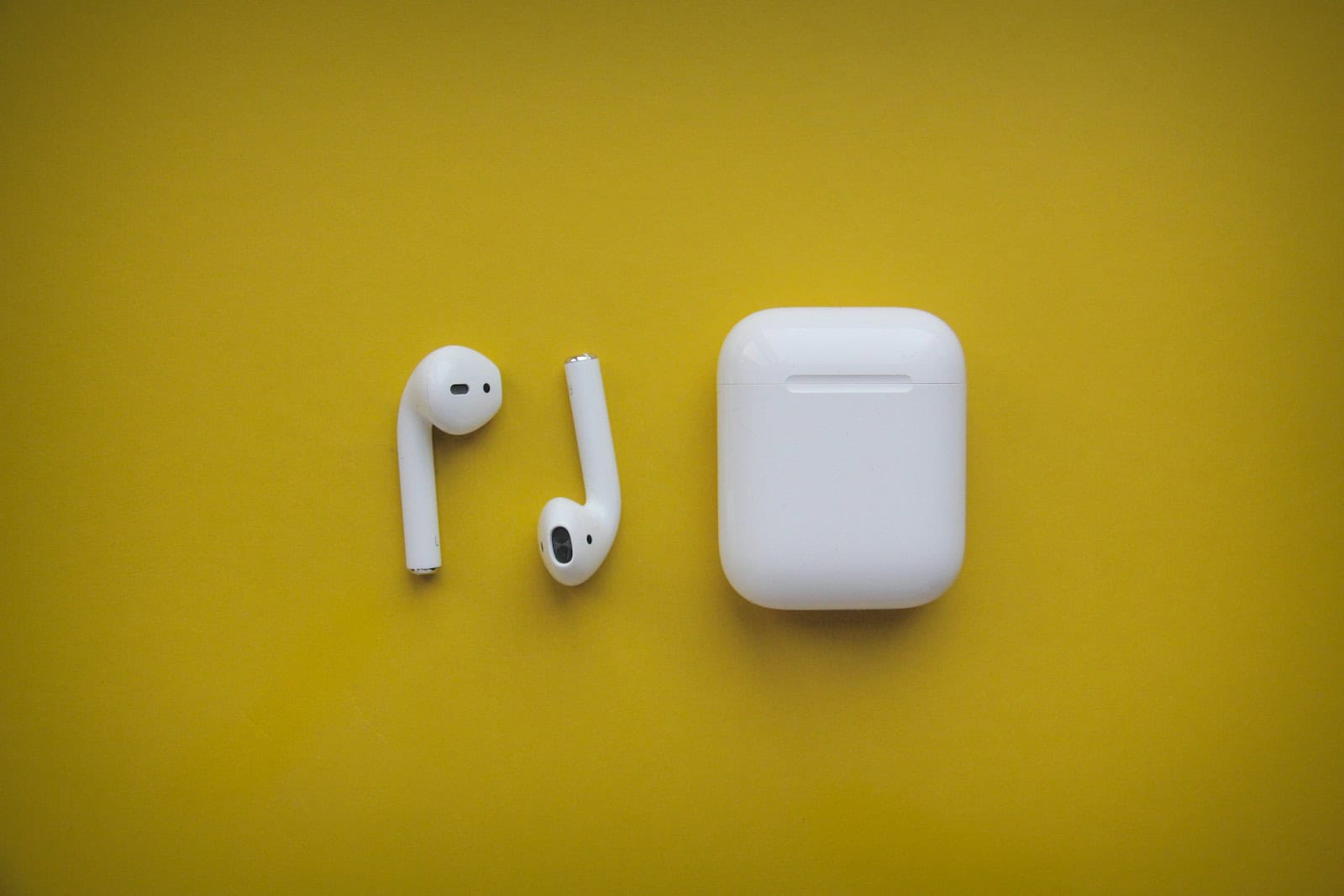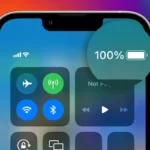AirPods, designed by Apple, are a popular advancement in personal audio technology that provide wireless audio experiences to users around the world. They connect to devices through Bluetooth and offer a convenient, cable-free listening experience. Known for their simple design and ease of use, AirPods are accessible to a wide range of users. Setting up AirPods involves a few easy steps. Users can pair them with Apple devices almost instantly by opening the AirPods case close to the device and following on-screen instructions.
These earbuds also support various interactions, like tapping or pressing, to control music playback and activate features like noise cancellation and transparency mode. The ‘Find My’ feature allows users to locate lost AirPods, adding an extra layer of convenience and security. Support for AirPods is widespread, with numerous resources available for troubleshooting and learning to use their features effectively. Users can access guides and videos for help, ensuring they get the most out of their AirPods experience. Apple provides detailed user guides and support resources for any issues that may arise.
The Magic Behind AirPods: A Symphony of Wireless Tech
AirPods have revolutionized the way we listen to music, take calls, and interact with our devices. But how do these tiny earbuds manage to deliver such a seamless wireless experience? Let’s dive into the inner workings of AirPods and uncover the technologies that make them tick.
Bluetooth Connectivity: The Wireless Backbone
At the heart of AirPods lies Bluetooth technology, the wireless communication protocol that enables them to connect to your devices without the need for cables. When you pair your AirPods with your iPhone, iPad, or Mac, they establish a Bluetooth connection that allows audio to be streamed directly to your ears.
The W1/H1 Chip: The Brains of the Operation
The secret sauce behind AirPods’ smooth performance is the Apple-designed W1 or H1 chip. This powerful chip handles audio processing, manages battery life, and facilitates seamless pairing and switching between Apple devices. It also enables features like “Hey Siri” voice activation and automatic ear detection, which pauses playback when you remove an AirPod from your ear.

Sensors and Microphones: A Symphony of Inputs
AirPods are packed with sensors and microphones that work together to enhance your listening experience. Optical sensors detect when you’re wearing them, activating playback and pausing it when you take them out. Accelerometers detect taps for controlling playback and activating Siri. Beamforming microphones focus on your voice during calls, while other microphones help with noise cancellation and transparency mode.
Battery and Charging: Powering the Magic
AirPods’ compact design houses a battery that delivers several hours of listening time on a single charge. The charging case provides additional charges, ensuring you can enjoy your music throughout the day. Newer models also support wireless charging, making it even more convenient to keep your AirPods powered up.
Advanced Features: Taking it to the Next Level
AirPods Pro and AirPods Max take the wireless earbud experience even further with features like active noise cancellation, which uses microphones and advanced algorithms to block out unwanted noise. Transparency mode lets you hear your surroundings while still enjoying your music. Spatial audio creates an immersive surround sound experience, making you feel like you’re in the middle of the action.
AirPods Models and Features: A Quick Comparison
| Feature | AirPods (2nd/3rd gen) | AirPods Pro | AirPods Max |
|---|---|---|---|
| Active Noise Cancellation | No | Yes | Yes |
| Transparency Mode | No | Yes | Yes |
| Spatial Audio | Yes (3rd gen only) | Yes | Yes |
| Adaptive EQ | Yes (3rd gen only) | Yes | Yes |
| Water/Sweat Resistance | Yes (3rd gen only) | Yes | No |
| Ear Tip Fit Test | No | Yes | N/A |
No matter which model you choose, AirPods offer a truly magical listening experience, thanks to a combination of cutting-edge technology, intuitive design, and seamless integration with Apple devices.
Key Takeaways
- AirPods offer a wireless audio experience using Bluetooth technology.
- They feature an easy setup process and intuitive controls for users.
- Support and resources for AirPods are readily accessible for troubleshooting.
Design and Functionality
This section explores the physical and technological aspects of AirPods and AirPods Pro, their interactions, and the seamless connectivity they offer with devices.
Advanced Technology Features
AirPods and AirPods Pro come with Siri access, Apple’s voice-activated assistant. Users can prompt Siri with a double-tap on the original AirPods or using a touch control feature on the AirPods Pro. Both devices feature automatic ear detection, pausing audio when removed from the ear. The adaptive audio system adjusts music dynamically to fit the ear shape. The AirPods Pro also includes an ear tip fit test to ensure optimal sound quality and comfort.
Physical Features and User Interaction
The AirPods Pro design includes a force sensor on the stem. This sensor allows users to control music playback and manage calls by squeezing the stem. Simple gestures like a single squeeze or double squeeze can play, pause, or skip tracks. AirPods Pro also offers active noise cancellation for immersive sound and a transparency mode to hear the environment. The original AirPods respond to a double-tap to trigger different actions. Both AirPods variants come with a charging case, with the wireless charging case available for convenience, charging via a lightning cable.
Compatibility and Connectivity
AirPods and AirPods Pro are designed primarily for seamless integration with other Apple devices. To pair AirPods, users simply open the case near an iPhone or iPad, and a prompt appears to connect. They use Apple’s H1 chip, which enables faster wireless connection to devices and improved sound quality. The 2nd generation AirPods and AirPods Pro support Bluetooth and can connect to non-Apple devices as well, ensuring flexibility in usage across various platforms.
Usage and Support
This section provides essential information on enhancing your AirPod experience and steps to maintain their performance.
Maximizing AirPods Experience
To get the most out of your AirPods, ensure they’re connected properly to your iPhone or iPad via Bluetooth. With iOS devices, open the case near your device and follow the on-screen instructions. You can check your AirPod’s battery life in the Today View on your iOS device or by asking Siri. To enjoy music, simply double-tap an AirPod to play or skip tracks. If you have AirPods Pro, you can squeeze the stem to control your music or answer calls. The AirPods also support audio sharing, so two sets of AirPods can listen to audio from a single iPhone.
For a personalized audio experience, rename your AirPods through the Bluetooth settings on your iOS device. Customize the double-tap function on each AirPod to access common features like calling Siri, playing audio, or skipping tracks. New features like Spatial Audio immerse you in sound by providing a theater-like experience. Apple’s firmware updates may introduce new features or improve sound quality and battery life, so keeping your AirPods updated is important.
Troubleshooting and Maintenance
If you encounter issues such as connection problems or poor sound quality, check to see if your AirPods and your iOS device have the latest firmware version. Ensure that your devices are close to each other with no obstacles in between. Clean your AirPods regularly using a soft, dry, lint-free cloth, and check that the ear tips are clear of debris.
Should your AirPods get lost, use the Find My app on your iOS device to locate them. The app shows the last known location of your AirPods and can play a sound to help you find them. For other concerns, visit Apple’s AirPods support page, which offers a comprehensive range of FAQs and user guides.
When it comes to battery life, it’s important to know how to charge your AirPods properly. Use the supplied Lightning cable and AirPods case for charging. The case itself can be charged with or without the AirPods inside. The status light shows the charge status, and you can also view battery levels from the iOS Control Center.
Finally, if a single AirPod is not working, check if both AirPods are charged. Sometimes, using one AirPod can affect functions like automatic ear detection or pause and play features. Contact Apple Support for personalized assistance or if you believe your AirPods are no longer working as expected due to a hardware issue.
FAQs
Can AirPods Connect If The Case Is Dead?
No, AirPods cannot connect to a device (the first time) if the charging case is dead. The case is needed to initiate the pairing process and establish a Bluetooth connection. Once the pairing is established, however, you can use your Airpods without the case needing to be charged. The case is a critical part of the pairing process.
How Can I Find My AirPods If I Lost Them?
You can find your AirPods using the Find My app on your Apple device. If your AirPods are turned on and within range of your device, they will show up on a map. You can also play a sound on them to help locate them.
How do get Replacement Ear Tips For Airpods?
Replacement ear tips for AirPods can be purchased from Apple’s website or retail stores. They are also available from various third-party retailers. And eBay is a good place to get cheap generic ones if that is what you are looking for.
How Do you Connect AirPods to Xbox
You can’t connect Airpods to an Xbox without using an adapter. Xbox consoles don’t have native Bluetooth support, so here’s how to connect them:
- Bluetooth Adapter: Connect a specialty Bluetooth adapter to your Xbox controller’s 3.5mm audio jack or a USB port.
- Xbox Mobile App: Use the remote play feature in the Xbox mobile app to connect your AirPods to your phone and then stream the audio from your Xbox.
- Smart TV: If your Xbox is connected to a smart TV with Bluetooth, you can pair your AirPods directly to the TV.
How to Tell If You’re Being Sold Fake AirPods Max
There are several ways to spot fake AirPods Max:
- Price: If the price is significantly lower than the official retail price, it’s likely a fake.
- Packaging: Check for typos, misspellings, or low-quality printing on the box and product.
- Build quality: Fake AirPods Max may feel lighter and less sturdy than genuine ones.
- Sound quality: Fakes usually have inferior sound quality compared to the real AirPods Max.
- Serial number: Verify the serial number on Apple’s website to confirm its authenticity.
How to Find Lost AirPods That Are Offline
If your lost AirPods are offline, meaning they are not connected to your device or out of Bluetooth range, the Find My app will show their last known location. You won’t be able to play a sound, but you can still get directions to their last known location to try and find them.







